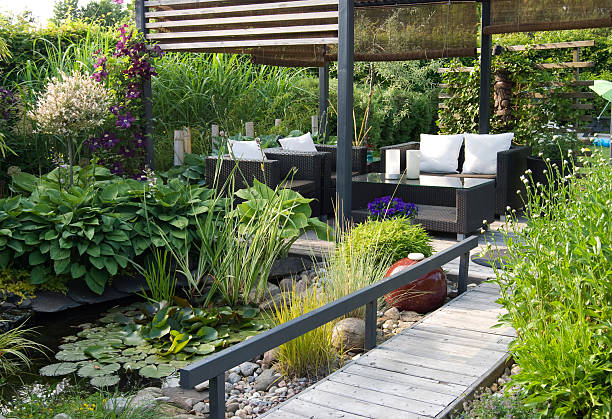The Heartleaf Philodendron (Philodendron hederaceum), with its iconic heart-shaped leaves and elegant vines, has long been a favorite among indoor plant lovers. Native to Central and South America, this adaptable and low-maintenance houseplant is perfect for adding lush, vibrant greenery to any indoor space.
Why Choose a Philodendron Plant?
- Beginner-Friendly: Very forgiving and tolerant of occasional neglect.
- Air Purifying: Helps remove harmful indoor air pollutants.
- Low-Light Tolerant: Thrives in a wide range of lighting conditions.
- Stylish Vining Plant: Great for shelves, hanging baskets, or climbing structures.
- Fast-Growing: Grows quickly with minimal effort, making it satisfying for new plant owners.
Popular Philodendron Varieties
- Heartleaf Philodendron (Philodendron hederaceum): Classic trailing variety with deep green, heart-shaped leaves.
- Philodendron Brasil: Bright lime and dark green variegation for a colorful touch.
- Philodendron Micans: Velvety, dark green foliage with a purplish underside.
- Philodendron Lemon Lime: Neon-bright leaves for a bold statement.
- Philodendron ‘Cream Splash’: Rare and sought-after variegated cultivar.
Light Requirements for Philodendron
- Prefers bright, indirect light.
- Tolerates low light, but growth may slow.
- Avoid direct sun, which can burn the leaves.
Watering Tips – Philodendron
- Allow the top inch of soil to dry before watering.
- Water less frequently in winter.
- Droopy leaves? Likely time to water.
- Yellowing leaves can indicate overwatering or poor drainage.
Ideal Soil Type – Philodendron
- Well-draining potting mix is key.
- Use a blend for tropical indoor plants or mix potting soil with perlite and peat moss.
- Ensure pots have drainage holes to prevent root rot.
Temperature & Humidity Needs
- Best in temperatures between 65–80°F (18–27°C).
- Enjoys moderate to high humidity.
- Avoid cold drafts or dry air from heaters — misting may help.
Fertilizing and Feeding Philodendron plant
- Feed monthly during spring and summer with a balanced liquid fertilizer.
- No fertilizer needed in the dormant winter period.
- Don’t overdo it — excessive feeding can cause leaf tip burn.
Common Issues and How to Fix Them
| Symptom | Cause | Solution |
|---|---|---|
| Yellow leaves | Overwatering or poor drainage | Allow soil to dry; improve pot drainage |
| Brown leaf tips | Low humidity or overfeeding | Mist plant; reduce fertilizer strength |
| Leggy growth | Insufficient light | Move to a brighter spot |
| Droopy leaves | Underwatering or root-bound | Water thoroughly; check root space |
How to Propagate Philodendron plant
Propagation is simple and rewarding:
- Stem Cuttings: Take a 4–6 inch cutting with a visible node.
- Place in water or soil.
- Roots develop in 2–4 weeks; transplant once they’re 2+ inches long.
- Perfect for sharing with friends or creating new planters.
Indoor Design Ideas – Philodendron
- Excellent in hanging baskets or climbing trellises.
- Let vines trail from bookshelves or cabinets.
- Mix with macrame plant hangers for a cozy jungle vibe.
- Pairs beautifully with minimalist or bohemian décor.
- Great for offices, bathrooms, or bedrooms thanks to its easy-going nature.
Toxicity Warning – Philodendron plant
Like pothos, philodendrons are toxic to pets and humans if ingested. Keep away from curious animals and children.
Conclusion
The Heartleaf Philodendron brings elegance, vitality, and ease into your indoor plant collection. With its charming foliage and fuss-free care needs, it’s no surprise that this tropical vine continues to be one of the most popular houseplants worldwide. Whether trailing from a shelf or climbing up a wall, philodendrons offer a simple yet striking way to green your home.
Related Articles

